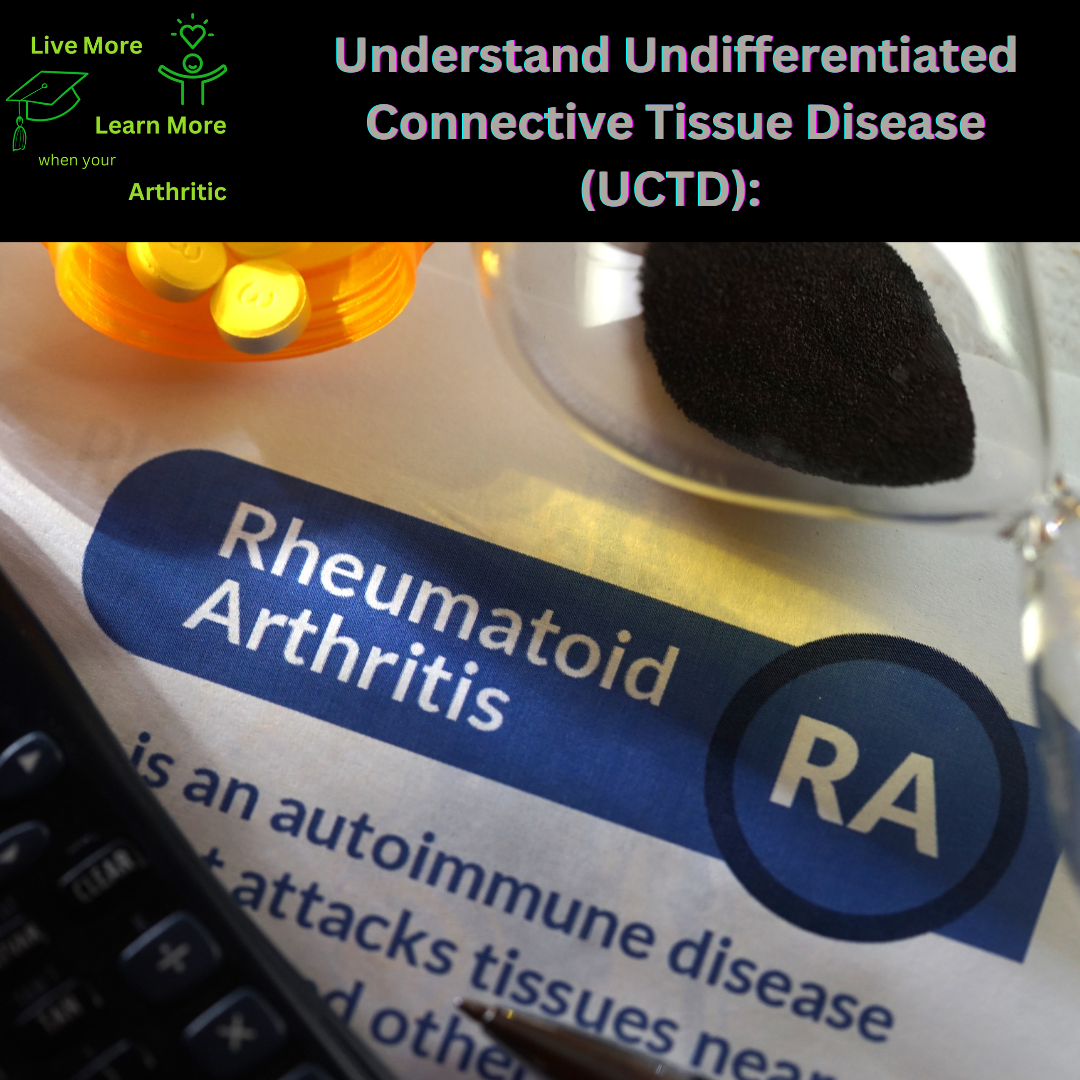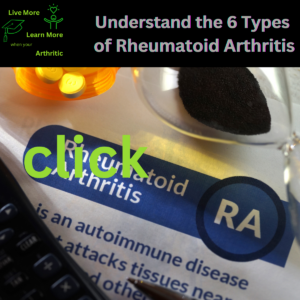Exploring Undifferentiated Connective Tissue Disease (UCTD): A Spectrum of Symptoms and Solutions
Delve into the intricacies of undifferentiated connective tissue disease (UCTD), a complex condition affecting various parts of the body. Discover the nuances of this disease, its impact on health, and proactive strategies for enhancing quality of life.
The Multifaceted Manifestation: Areas of Affliction
UCTD can affect multiple body systems, including joints, skin, muscles, and internal organs. Commonly affected joints include those in the hands, wrists, and knees, although any joint can be involved. Skin manifestations like rashes or hair loss may also occur.
Remission and Relapse: Managing Disease Activity
Can UCTD achieve remission? Yes, periods of remission are possible, characterized by the absence of active disease symptoms. However, disease flares and relapses can occur unpredictably, requiring ongoing monitoring and management.
Unraveling the Enigma: Disease Description and Etiology
UCTD is a connective tissue disorder characterized by overlapping symptoms of various autoimmune diseases, such as systemic lupus erythematosus (SLE), rheumatoid arthritis (RA), and Sjögren’s syndrome. The exact cause is unknown but likely involves genetic predisposition and environmental triggers.
Symptoms Spectrum: Recognizing Clinical Signs
Symptoms of UCTD vary widely but commonly include joint pain, stiffness, muscle weakness, fatigue, and skin changes. Some individuals may experience Raynaud’s phenomenon, where fingers or toes turn white or blue in response to cold or stress. Limited range of motion can occur during disease flares.
Age of Onset and Longevity: Disease Dynamics
UCTD often presents in young to middle-aged adults, but onset can occur at any age. While not directly impacting lifespan, UCTD may lead to complications affecting overall health and quality of life over time.
Autoimmune Insights: Immune System Implications
Is UCTD an autoimmune disorder? Yes, the immune system mistakenly attacks healthy tissues, causing inflammation and tissue damage. Genetic factors, environmental triggers, and hormonal influences contribute to disease development.
Risk Factors Unveiled: Identifying Vulnerabilities
Who is at risk for UCTD? Individuals with a family history of autoimmune diseases, exposure to certain infections, or specific genetic markers may be predisposed to developing UCTD.
Complications Chronicles: Navigating Health Challenges
Complications of UCTD can affect various organs, leading to conditions such as interstitial lung disease, kidney involvement, or cardiovascular complications. Chronic inflammation may also contribute to joint damage and deformities.
Inflammatory Insights: The Role of Swelling and Pain
Is swelling a hallmark of UCTD? Yes, inflammation within affected joints and tissues leads to swelling, pain, and tenderness, impacting mobility and function during disease flares.
Joint Tenderness and Dysfunction: Understanding Symptoms
Joint tenderness and stiffness are common symptoms of UCTD, caused by inflammation and tissue damage. Over time, repeated flares can lead to joint deformities and loss of range of motion.
Cartilage Concerns: Impact on Joint Health
Chronic inflammation in UCTD can erode cartilage, leading to joint damage and potential disability. Early intervention and disease management can help preserve joint integrity.
Comorbidity Complexities: Associated Conditions
Are there related diseases linked to UCTD? Patients may develop overlapping autoimmune conditions like SLE or RA, requiring comprehensive evaluation and tailored treatment approaches.
Proactive Approaches: Enhancing Quality of Life
Can proactive management improve life with UCTD? Yes. Regular medical monitoring, lifestyle modifications, physical therapy, and stress management can optimize health outcomes and mitigate disease-related complications.
Complications Conundrum: Anticipating and Addressing Challenges
Complications of UCTD include organ involvement (e.g., kidney, lungs), cardiovascular issues, and increased infection risk due to immune dysfunction. Timely intervention and multidisciplinary care can minimize long-term impact.
Demographic Dimensions: Age and Gender Factors
UCTD affects women more frequently than men, particularly in young to middle adulthood. Genetic and hormonal factors contribute to disease prevalence and severity.
Interconnected Health Realities: Coexisting Conditions
Patients with UCTD may have concurrent autoimmune diseases like SLE, Sjögren’s syndrome, or thyroid disorders. Comprehensive disease management is essential for optimizing health outcomes.
In conclusion, while UCTD presents challenges, proactive management strategies and personalized care can enhance quality of life and mitigate complications. Each step towards understanding and proactive intervention offers hope and resilience in navigating the complexities of autoimmune diseases, fostering health restoration and renewed vitality.



